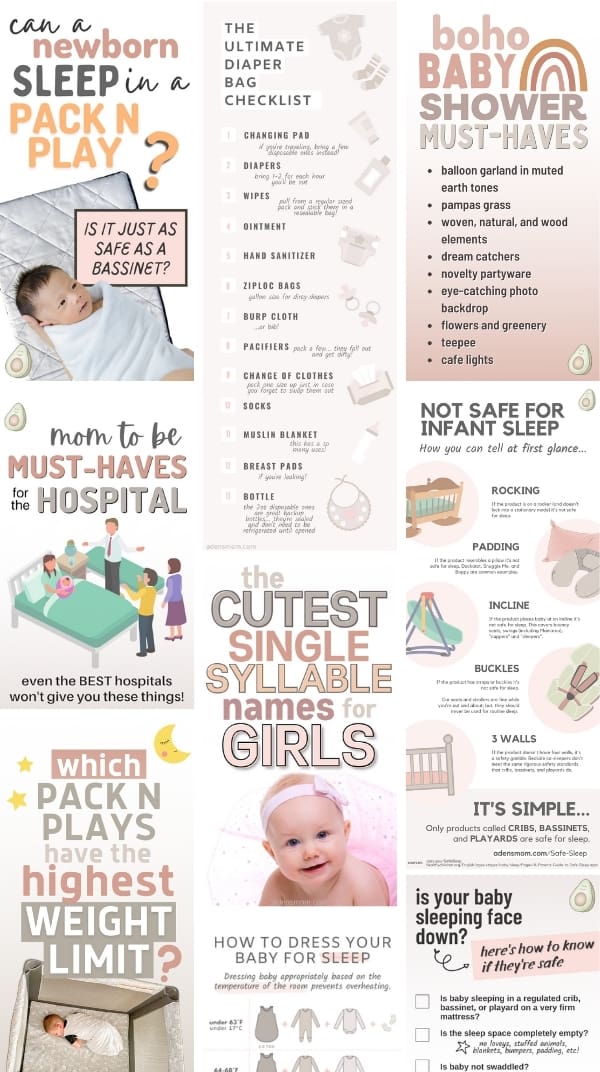Is it safe to let your baby sleep in a “Snuggle Me Organic” lounger?
Your instagram feed says “yes”.
But what about the science?
- Does the evidence say that using a lounger, nest, or pod increases the chance of a sleep-related death?
- What if you’re supervising?
These are safety questions you should know the answers to if you’re considering letting your baby snooze in a Snuggle Me, Dockatot, Boppy, Leachco Podster, or any similar product.
Here’s what we’re going to cover…
Table of Contents
- What is a Snuggle Me?
- Important context
- Is the Snuggle Me safe for infant sleep?
- What are the risks?
- Is the Snuggle Me safe for supervised naps?
- Does the Snuggle Me meet federal safety standards for infant sleep?
- Is it safe to put a Snuggle Me in a crib or bassinet?
- Is the Snuggle Me safe for cosleeping?
- Snuggle Me has no incidents to report — does that mean it’s safe?
- Is Snuggle Me advertising responsibly?
- FAQs about Snuggle Me safety
There may be affiliate links in this post. Read this disclosure policy to learn more.
Important context before we get into the safety questions…
Before we discuss whether the Snuggle Me is safe for sleep, we need to quickly cover 3 things that are not common knowledge.
This is important, but if you’d rather skip ahead, click: Is the Snuggle Me safe for infant sleep?
 SIDS is the #1 cause of infant death
SIDS is the #1 cause of infant death
SIDS kills more babies each year than car accidents.
While, relatively speaking, sleep-related deaths are rare, you shouldn’t dismiss the risk of SIDS just because you don’t know anyone who lost a baby.
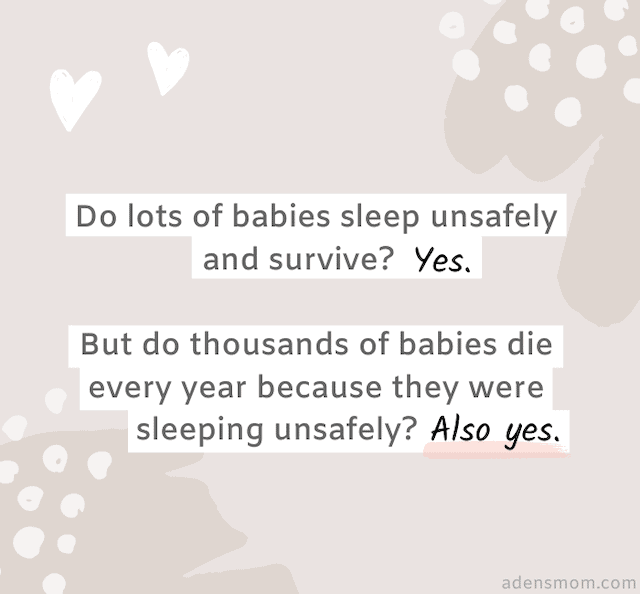
A technical note for the sake of accuracy: “SIDS” (Sudden Infant Death Syndrome) and “SUID” (Sudden Unexpected Infant Death) are often used interchangeably to refer to sleep-related death. SUID is the broad term that encompasses SIDS. While the NIH’s website says that SIDS is the leading cause of death, technically speaking, they mean SUID.
 SIDS is almost entirely preventable
SIDS is almost entirely preventable
It’s a common misconception that SIDS is an uncontrollable freak occurrence.
Yes, there’s a lot that’s unknown about the specific mechanisms involved.
But, did you know that almost every case of sleep-related infant death could have been prevented by following a handful of simple rules?
The following evidence-based guidelines are known as the ABCs of safe sleep.
[Click here to email yourself the link to read about this later.]
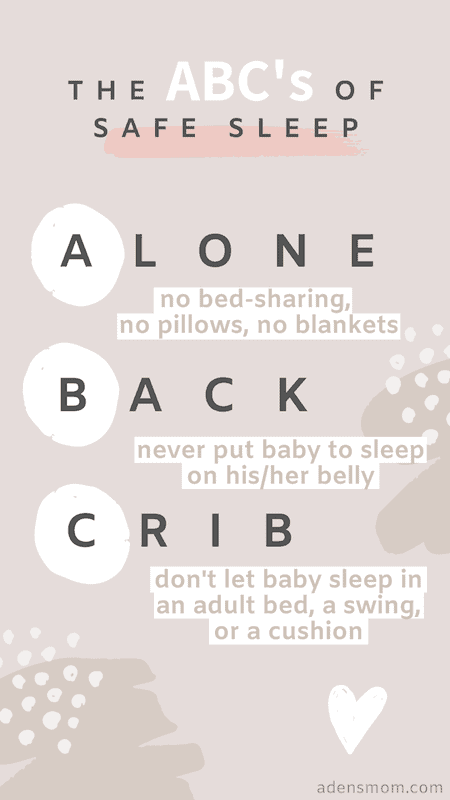
Note that “supervision” isn’t on this list.
We’ll get into that later when we talk about whether Snuggle Me Organic is safe for supervised naps.
 SIDS is non-intuitive
SIDS is non-intuitive
Stay with me, this one’s critical to understand before we get into Snuggle Me safety…
With SIDS, we are talking about risk factors that only appear by looking at large numbers of people in an unbiased way.
There’s a fallacy that caregivers have the ability to instinctively know what’s safest for their babies when it comes to sleep.
“You do you, mama!”
“Do whatever works for your family.”
The problem with this way of thinking is that SIDS risk factors are more complicated (and the stakes are much higher) than, say, how often you give your baby a bath.
It’s often not obvious, even to the experts, that certain behaviors are risky.
To give you an example, it wasn’t until very recently, 1994, that scientists were able to figure out what’s now known to be a fundamental risk factor for SIDS, stomach sleeping.
This was discovered by painstakingly collecting and analyzing large amounts of data on incidences of SIDS.
Had it been evident just by observation that stomach sleeping was dangerous, many thousands of babies would have lived to see another day.
The point is that when it comes to SIDS, just because something appears to be safe, doesn’t mean that it is.
With all of this in mind, let’s see what the experts have to say about whether the Snuggle Me is safe for sleeping…
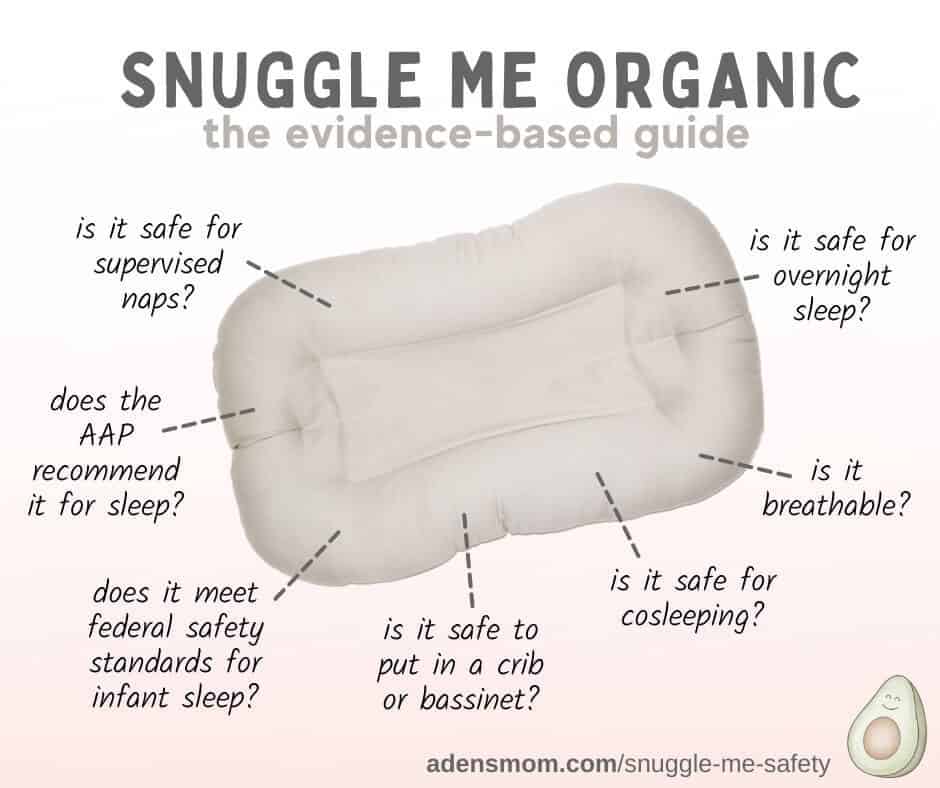
Is the Snuggle Me safe for infant sleep?
No. The Snuggle Me Organic should NOT be used for sleep.
From the AAP:
“Do not let your child fall asleep on nursing pillows or pillow-like lounging pads… The CPSC warns that more than two dozen infants died between 2012 and 2018 when left on or near these products.”
From the FDA:
“These products—sometimes also called “nests” or “anti-roll” products—can cause suffocation (a struggle to breathe) that can lead to death.”
From Snuggle Me:
“The Snuggle Me Lounger is not a sleeping device and should not be used for co-sleeping.”
By the way, in case you’re wondering, exactly the same safety guidelines apply to the Dockatot, Snuggle Me’s biggest competitor.
What are the risks?
A review of 66 sleep-related death case investigations in 2011 showed that soft bedding was the most frequently reported factor among suffocation deaths.
Soft bedding is surprisingly dangerous.
Here are some of the problems associated with babies sleeping in nests, pods, and loungers:
Suffocation: “Babies may roll over onto their sides or stomachs and turn their heads into the soft fabric.” (AAP)
Positional asphyxia: “When propped up on an incline against the pillow or lounger, their heads can fall forward, blocking their airway.” (AAP)
Rebreathing of CO2: If babies turn their heads into the padded walls, they can rebreathe their exhaled air, causing their oxygen levels to drop. (Read more)
Reduced hypoxic arousal response: The product’s “hugging sensation” may dampen the lifesaving mechanism that allows babies to wake up in the event that they’re having trouble breathing. “We know that decreased arousal can be a problem and may be one of the main reasons that babies die of SIDS.” (AAP)
“But isn’t the Snuggle Me Organic breathable?”, parents often ask.
That’s just marketing.
We’ll cover this in depth in the FAQs.
Is the Snuggle Me safe for supervised naps?
We’ve already established that the Snuggle Me is not safe for overnight sleep. But what about naps?
Most parents will find this surprising…
Supervision isn’t enough to eliminate the aforementioned risks.
This is because it’s not always obvious that babies aren’t getting enough oxygen until it’s too late.
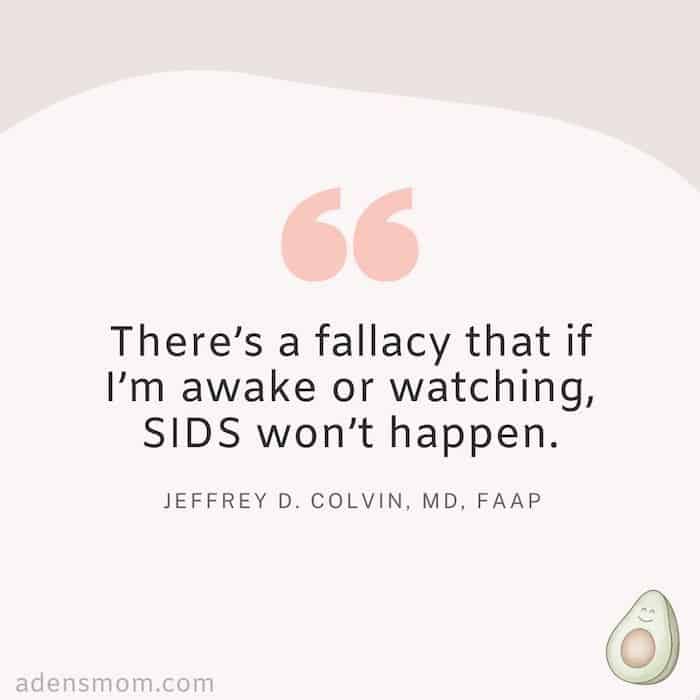
Asphyxia is a silent killer. A baby who’s having trouble breathing might look just like a normal sleeping baby.
As neonatologist, Dr. Bradley Thach, explains:
“[SIDS] usually happens at night and occurs in complete silence—there is no fight for life or breath to warn parents that something is horribly wrong.” (Source)
This is why the AAP recommends that for ALL SLEEPS babies are placed on a flat and firm surface that meets CPSC standards.
Which brings us to our next point…
Does the Snuggle Me meet federal safety standards for infant sleep?
No, it does not.
There are only 3 classes of products that are safe for infant sleep (provided that they meet CPSC standards):
- Crib
- Bassinet
- Play yard
Products such as Snuggle Me and Dockatot do not fall into the above categories—and they do not currently have their own federal safety standards.
The AAP’s SIDS task force chairperson, Dr. Rachel Moon, warns:

Any safety testing done by Snuggle Me and Dockatot is done on a voluntary basis.
Are voluntary standards worth anything?
Sure, in theory, any standards are better than no standards.
That said, plenty of products have met voluntary standards and still caused numerous infant deaths.
Two examples are crib bumpers and the infamous Rock ‘N Play.
Is it safe to put a Snuggle Me in a crib or bassinet?
No. Babies can become wedged between the lounger and the wall of the crib.
This is in addition to the risks we discussed earlier: suffocation, positional asphyxia, rebreathing of CO2, and reduced hypoxic arousal.
Snuggle Me is forthright about this particular matter on their website:
The Snuggle Me should never be used inside, or in the place of, a crib or bassinet.
(We’ll talk more about whether they’re advertising responsibly in just a bit).
Keep in mind that cribs, bassinets, and playards are only safe when used as intended by the manufacturer.
All bets are off when padding (or any accessories, for that matter) is added to the sleep space.
Is the Snuggle Me safe for co-sleeping?
No. Loungers, nests, and pods are not safe for co-sleeping (also called bedsharing).
In fact, one of the biggest concerns about the Snuggle Me is that its portability encourages bedsharing, a practice that itself increases the risk of infant death.
A Consumer Reports investigation describes these tragic infant deaths as “eerily similar” …
“In the majority of [nest-related SIDS] cases, parents put their baby to sleep in one of the products, positioned next to them in their adult bed for the night. The parents later woke up to find their baby unresponsive and cold to the touch.”
Bedsharing is a risk, with or without a co-sleeping device.
As this AAP technical report explains,
“There is no evidence that devices marketed to make bed-sharing “safe” (eg, in-bed cosleepers) reduce the risk of SIDS or suffocation or are safe. Such devices, therefore, are not recommended.”
Babies should have their own sleep space: a crib, bassinet, or playard that meets current safety standards.
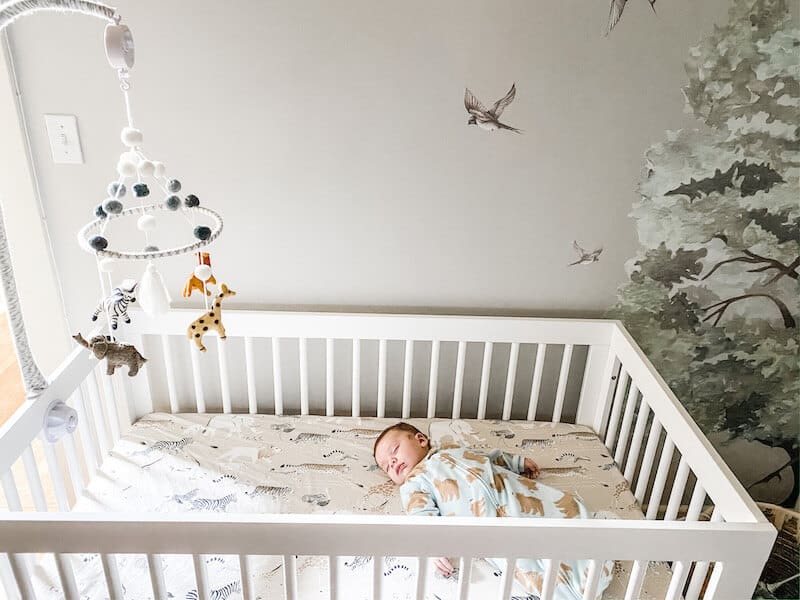
This is what safe sleep looks like.
Snuggle Me has no incidents to report — does that mean it’s safe?
Snuggle Me advertises that no deaths involving their product have occurred.
Does that mean we should disregard the AAP’s, CPSC’s and FDA’s warnings about using this type of product for infant sleep?
If you’ve read this entire post, you can probably guess that the answer is no.
First, let’s recap what we know. Then we’ll talk about the missing pieces of the puzzle.
What we know:
- Snuggle Me doesn’t meet the CPSC’s safety standards for for infant sleep.
- The product isn’t firm. Padded sleep spaces are known suffocation risks.
- The product is a positioner. (The brand says on their website: “This tight-fit design helps to keep your baby in place”). The FDA, CPSC, and AAP have issued strong warnings against the use of positioning devices.
- Babies have died in very similar devices. Read this horrific story if you’re feeling brave: “She suffocated in this stupid, stupid bed.”
While there haven’t been any reports of deaths linked to the Snuggle Me, this may create a false sense of security.
In a report entitled, Certification of Unexplained Infant Deaths, the CDC warns of the “failure to adequately investigate all infant deaths.”
According to the CDC, accidental deaths “have been missed” due to, in part:
- “difficulties posed in investigating infant deaths”
- “frequently retrospective scene investigations”
- “the subtlety of findings in many cases”
Michelle Barry of Safe Infant Sleep adds,
“Just because incidents haven’t been reported, doesn’t mean they haven’t occurred. It’s very rare for individuals [who’ve lost babies] to report products to the CPSC. Many don’t know it’s an option.”
Michelle also notes that medical examiners are not required to notify the CPSC of the product(s) involved in SIDS investigations.
Lastly, there’s an issue of classification:
Cause-of-death statements on death certificates cite the immediate cause of death (i.e. asphyxia) but not necessarily the underlying cause of death (i.e. baby was sleeping on a soft surface). Since national health statistics use the immediate cause to code deaths, we’re often seeing an incomplete picture.
So, back to our question: is Snuggle Me safe for infant sleep given that they have no deaths to report?
All of the evidence points to “no.”
Frequently asked questions (FAQs) related to Snuggle Me Organic safety:
Is the Snuggle Me worth it?
This is a tough call, especially since this product isn’t cheap.
Here’s what you should consider:
 It’s going to be insanely tempting to let your baby sleep in this product.
It’s going to be insanely tempting to let your baby sleep in this product.
Seriously, I can tell you from personal experience, the temptation is REAL, especially when you’re utterly sleep deprived and feeling desperate for some shut eye.
It may be in your best interest to avoid being regularly faced with a dangerous dilemma.
 You should also consider whether others who are looking after the baby will understand the risks and/or follow your rules not to use the Snuggle Me for sleep.
You should also consider whether others who are looking after the baby will understand the risks and/or follow your rules not to use the Snuggle Me for sleep.
Will an older sibling, a grandparent, or a babysitter be as vigilant about moving your baby to a safe sleep space?
 Every time your baby starts getting drowsy in his nest, you’re going to have to move him. This can be disruptive—and quite frankly, annoying.
Every time your baby starts getting drowsy in his nest, you’re going to have to move him. This can be disruptive—and quite frankly, annoying.
You might prefer to let your baby lounge somewhere that’s also safe to fall asleep, like the aforementioned baby dome.
 Since, especially for a young baby, awake windows are brief, it may make sense to choose a lounge pad that’s less of an investment.
Since, especially for a young baby, awake windows are brief, it may make sense to choose a lounge pad that’s less of an investment.
After learning that the expensive Dockatot wasn’t safe for sleep, we got this lounger for awake time. Much cheaper and just as comfy.
 Whether you feel like you got your money’s worth is going to hinge on how content your baby is to be put down (awake) in the Snuggle Me.
Whether you feel like you got your money’s worth is going to hinge on how content your baby is to be put down (awake) in the Snuggle Me.
This product may be worth it to you if your baby is happy to lounge as he watches you pump, cook dinner, vacuum, send an email, or wash your hair.
Having your arms free every now and then might be worth its weight in gold. (Though, again, cheaper loungers could accomplish the same thing).
Are there safe Snuggle Me alternatives?
Now that you know the Snuggle Me is unsafe for sleep, you’re probably wondering what your other options are.
First, it’s worth restating that Dockatot, Boppy, and Leacho Podster all share the same safety risks when used for sleep. The same goes for all other plush loungers.
So, what’s actually safe? Here are some great options to get you started…
Portable and safe for sleep:
- This “dome” is wildly popular and 100% worth considering. It’s the closest product to a Snuggle Me or Dockatot that’s actually safe for sleep. (It’s technically a bassinet). It’s lightweight and folds up easily to take on day trips.
- This is the lightest (safe) option on the market. It weighs only 7.5 lbs. Easily carry it from room to room or toss it in the trunk to go to grandma’s.
- This high-end playard is beloved by its owners. It’s the lightest in its category, so it’s perfect for traveling. But best of all, it doesn’t have a weight limit! You’ll get tons of use out of this thing.
As a reminder, check to see that a product is called a crib, bassinet, or a play yard.
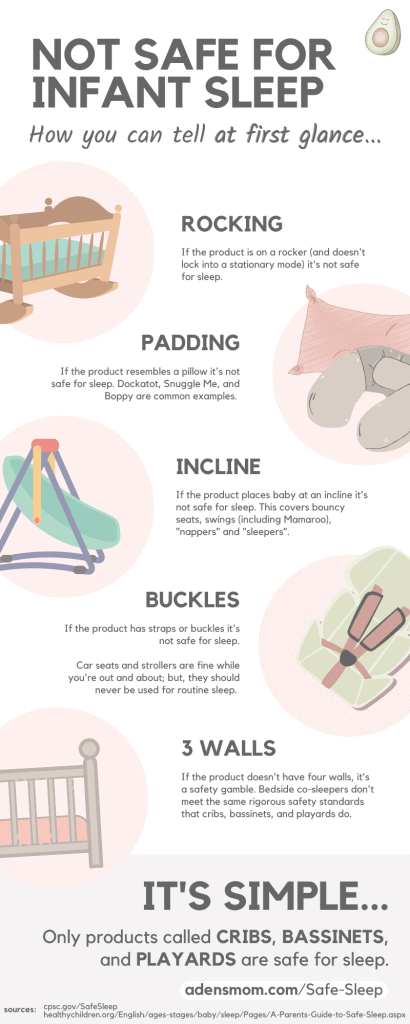
What if my baby unexpectedly falls asleep in the lounger?
You should move your baby to a safe sleep space if he falls asleep in a Snuggle Me, Dockatot, or any unregulated infant sleeper.
(Ideally, you would notice if your baby started to look drowsy and move him before he fell asleep).
Is the Snuggle Me breathable?
“Breathability” is a marketing ploy.
- There aren’t any CPSC standards by which to measure carbon dioxide retention levels of sleep surfaces.
- The scientific definition of textile “breathability” has to do with whether moisture vapor can pass through.
- There is no evidence that “breathable” baby products reduce the risk of SIDS.
- There are no published studies that compare SIDS risk levels of “breathable” sleep surfaces to “non-breathable” or “less breathable” ones.
- Any company can claim that their products are breathable. The term is unregulated.
Until there is an established standard for “breathable” baby products, there’s no sense in trusting a company’s “breathability” claims.
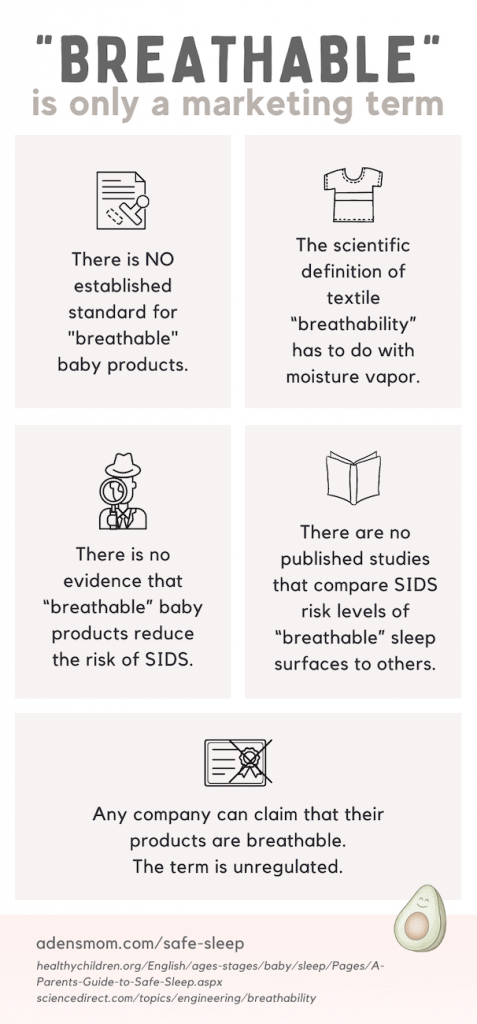
Is it safe for my baby to sleep on a Boppy pillow?
UPDATE 9/23/21: The Boppy lounger has been recalled. Do not use this product.
No. It is never safe for your baby to sleep on a Boppy pillow, even if you’re watching, due to the risks of suffocation and positional asphyxia.
As we’ve discussed in this post, positional asphyxia is a silent killer and can happen right before your eyes.

The strong warning in the Boppy Newborn Lounger user manual should not be taken lightly:
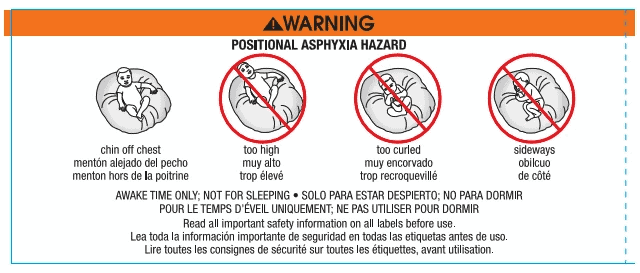
Boppy warns:
- AWAKE TIME ONLY; NOT FOR SLEEPING.
- NEVER allow baby to sleep on the Newborn Lounger.
- DO NOT use in crib, cradle, bassinet, playpen, play yard or near an area where baby may sleep.
The same advisories go for the Boppy breastfeeding pillow as well. As per the user manual:
- NEVER allow baby to sleep on the pillow.
- DO NOT use in crib, cradle, bassinet, playpen, play yard or near an area where baby may sleep.
- NOT FOR USE on a bed, either with the baby alone or with a caregiver who may fall asleep while feeding the baby.
Is it safe for your baby to sleep on a Boppy pillow? No, definitely not.
Articles related to using a Snuggle Me Organic for sleeping
- CoSleepers Attached to a Bed: Safe or Unsafe?
- When and How to Stop Swaddling (Evidence-Based Guide)
- How to Keep a Baby Warm at Night (Evidence-Based Guide)
- Other safe sleep articles
Share this article if you found it informative!
Snuggle Me Safety: The Evidence-Based Guide
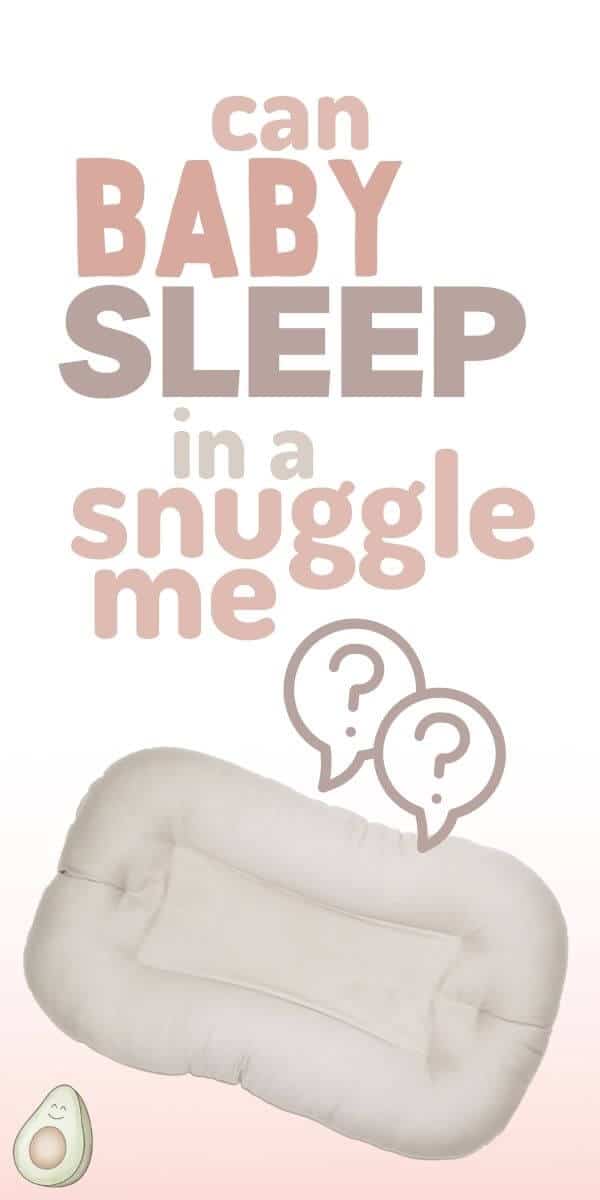
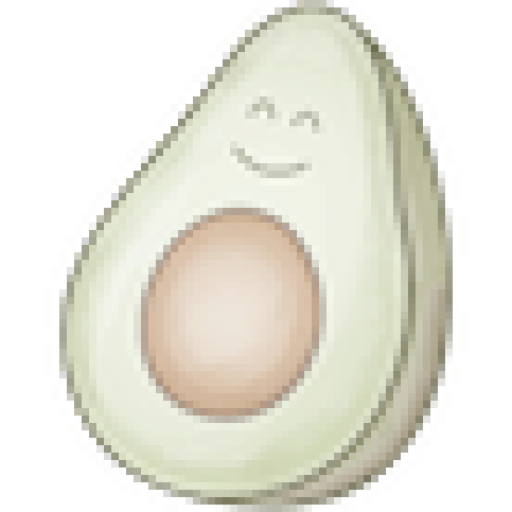
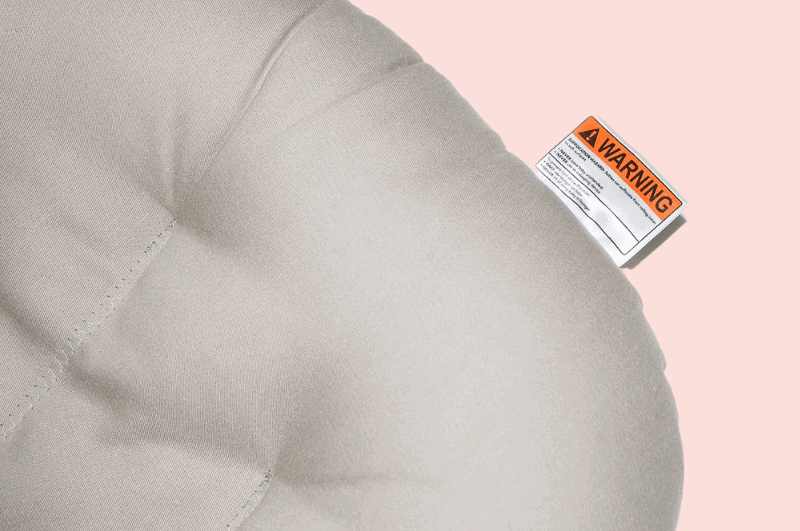

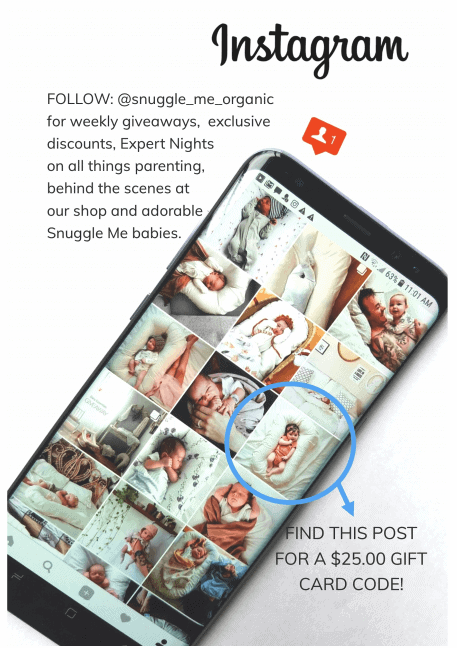
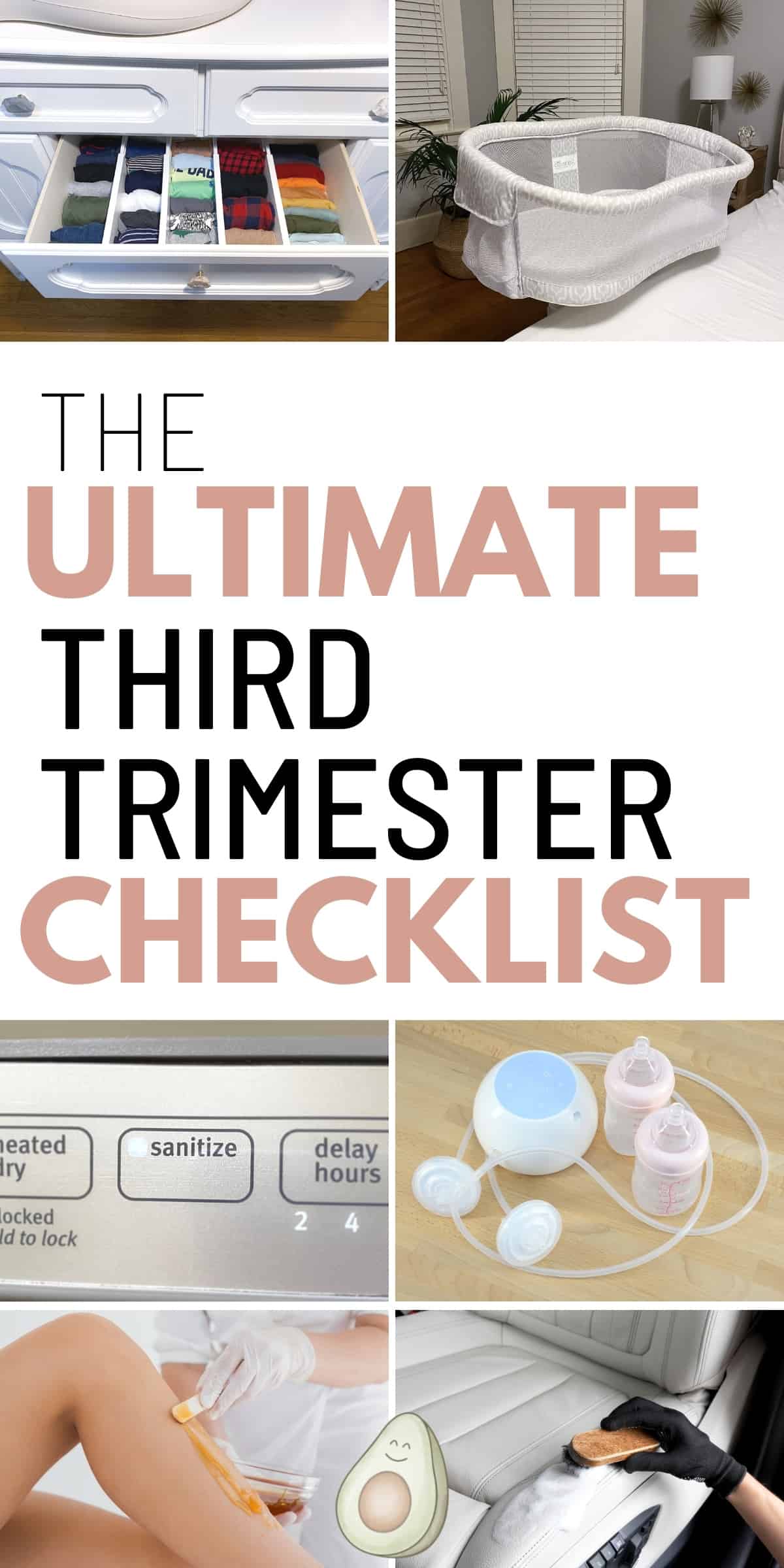
 Follow on Pinterest
Follow on Pinterest